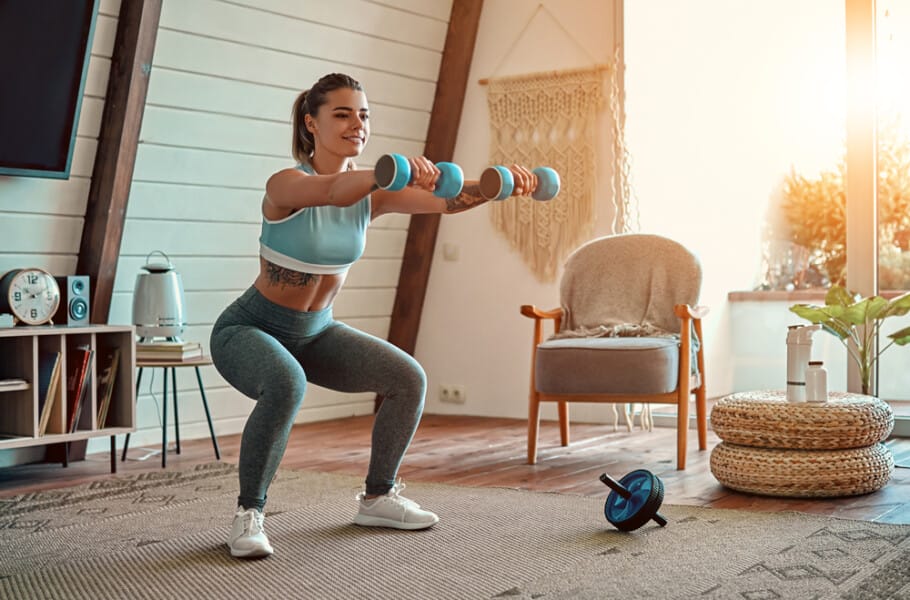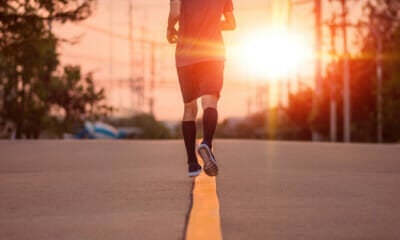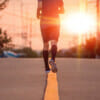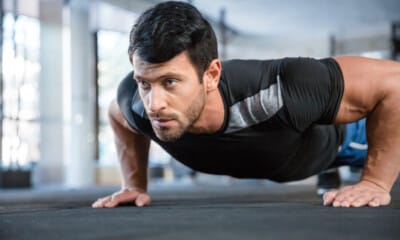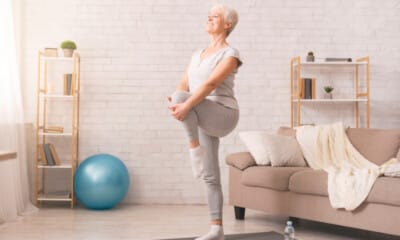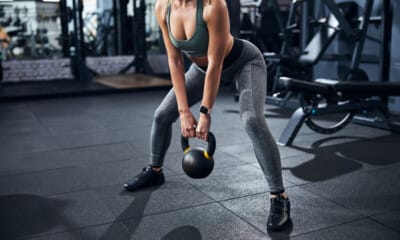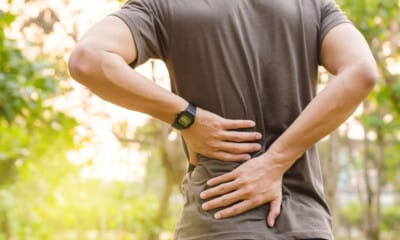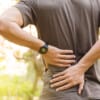Exercises That Can Help Build Leg Strength At Home
Home workouts are gaining popularity as people prefer the tranquility and convenience of exercising at home over the hustle and bustle of the local gym.
However, even if you’ve been diligent in setting up your home gym to meet your fitness requirements, you may still be missing some essential weight machines.
One such machine, the leg press, is widely used for strengthening the upper legs but is impractical to own due to its size, weight, and cost.
If you lack the space or budget for a leg press machine, or simply prefer not to visit the gym, fret not. You can still achieve similar benefits through home workouts that require nothing more than a mat and your own body weight. Cheers to equipment-free exercises!
Continue reading to discover the advantages of the leg press, the muscles it targets, and the best alternatives to the leg press that you can try at home.
Benefits of Leg Press
1. Enhanced Leg Strength
“The leg press mimics one of the fundamental movements of daily life, which is standing up from a chair,” explains Skylar Henderson, CPT, a certified personal trainer and owner of Vitality Fitness. “By training your legs with the leg press, activities such as climbing stairs, getting up from kneeling, or rising from a chair become easier and less strenuous.”
2. Muscle Mass Development
The leg press engages multiple leg muscles, including the quadriceps, hamstrings, glutes, and calves — crucial muscles for activities like running, jumping, and maneuvering the body in everyday tasks, as noted by certified personal trainer Ben Jenks, CPT.
Additionally, since the leg press is a weight-bearing exercise, it can contribute to muscle definition if that is your goal.
3. Low-Impact Exercise
Jenks highlights that the leg press is a low-impact exercise, making it gentler on the joints compared to high-impact exercises like running. This feature makes it suitable for individuals with joint issues or those recovering from injuries.
4. Improvement in Balance, Stability, and Explosive Power
“The coordinated leg extension movement enhances neuromuscular connections, aiding the body in generating forceful, controlled actions,” Jenks explains. This benefit not only enhances your gym performance but also impacts your daily activities positively.
Muscles Targeted by Leg Press
“The leg press engages all major muscle groups in the lower body,” states Jenks. “This includes the quadriceps responsible for knee extension and the hamstrings, which facilitate both knee flexion and extension.”
Additionally, this exercise targets the glutes and calf muscles (gastrocnemius and soleus).
Top Leg Press Alternatives
1. Air Squat
- Stand upright with feet shoulder-width apart and arms by your sides.
- Extend arms in front, bend knees, and push hips back as if sitting on a chair.
- Squat down until thighs are parallel to the floor.
- Push through heels to return to standing position.
- Repeat.
2. Reverse Lunge
- Begin by standing with feet hip-width apart and arms by your side.
- Step back with your left foot, landing on the ball of your foot.
- Bend the left back knee into a lunge position, lowering until both knees form a 90-degree angle.
- Keep trunk upright, hips forward.
- Push off with the left foot to return to the starting position.
- Repeat on one side or alternate legs.
3. Forward Lunge
- Stand with feet hip-width apart and arms beside you.
- Take a step forward with the right leg, bending both knees into a 90-degree angle.
- Lower toward the floor with chest tall until the back knee nearly touches the ground.
- Push through the right foot to return to the starting position.
- Repeat on one side or alternate legs.
4. Squat Kick
- Stand tall with feet shoulder-width apart and arms by your sides.
- Extend arms in front, bend knees, and push hips back as if sitting on a chair.
- Lower into a squat position.
- Transfer weight to the left foot as you rise.
- As you stand, kick the right foot forward.
- Return the foot to the floor, then repeat, alternating legs.


